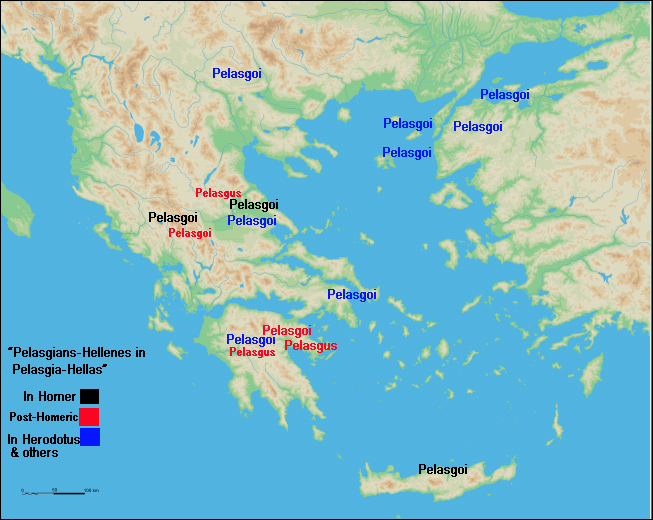The point about Rhaetian is interesting, I of course knew the relationship but now I think about it there doesn't seem to be any archaeological movement of a population from Italy into the Alps. Moreover, it appears that Rhaetian is more archaic than Etruscan in the Tyrsenian hypothesis. So you may have just changed my mind. In any case, I will never believe Etruscan dates back to the Italian Neolithic, so must be from some foreign influence. When did all the Y DNA J2 arrive in Italy then if not with Tyrsenians?
No idea about haplogroups, but there aren't many options since there's not much going on in Italy in the BA. The strongest parallel of the Apenninic culture that develops into tribal Italic culture without break seems to exist in the pottery of the Romanian Wietenberg culture, so I think an origin there or common descent are likely. The latter culture is unquestionably Indo-European IMHO. Lots of weapons, meander- and animal motifs, spiral jewelry - it's all very similar to Mycenaean materials.

Of course we find no such parallels in early Latin material culture, which is identical to that of the Etruscans. So the question really is about the nature of the relationship between those peoples and the direction of cultural exchange. I find it more likely that tribal herdsmen like the Samnites retained their primitive Italic culture, while the Latins co-opted Etruscan civilization. Historians of classical antiquity probably wouldn't be surprised by that suggestion.




